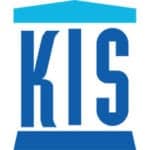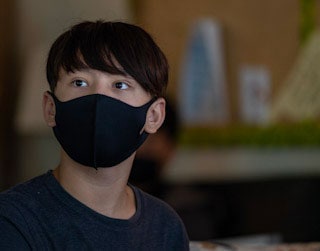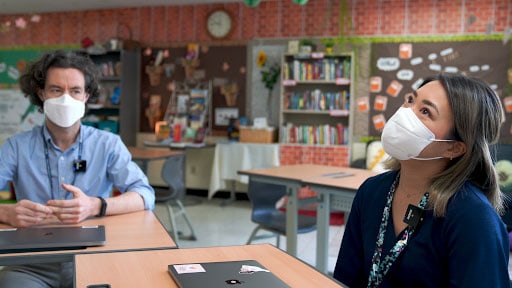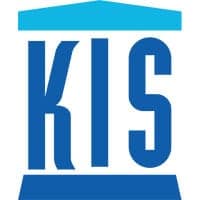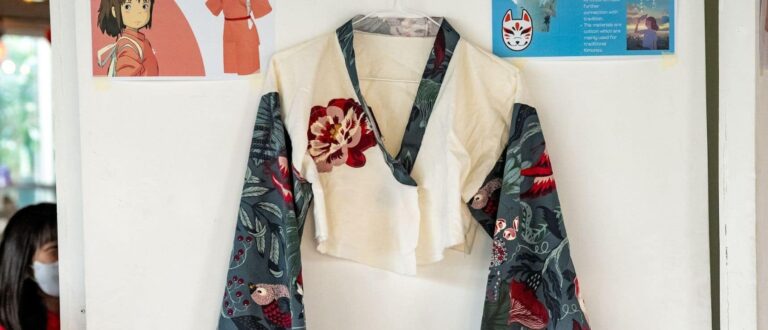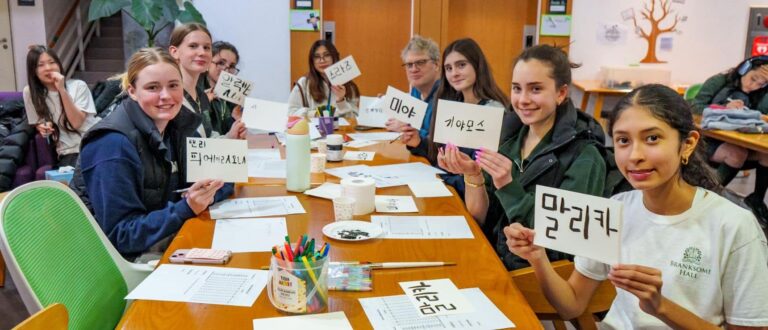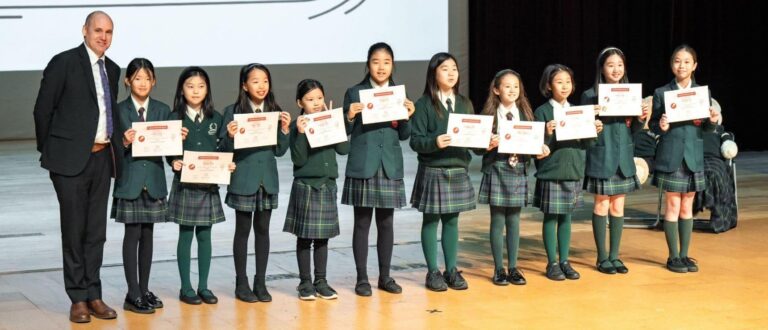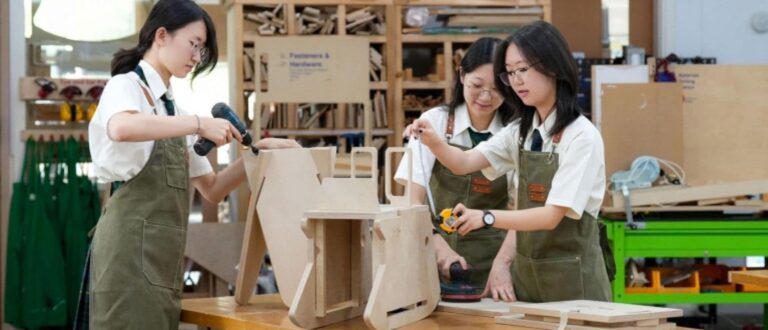This piece starts with a pause. For ten or fifteen minutes I sat at my desk, looking across the room and out the window, thinking about how to tell you what’s so great about a pause. Maybe you already know. Most of us pause intuitively throughout the day – often in the middle of a task or conversation, when our brains need a moment to absorb information, problem solve or respond. And though we might not think too much about those in between moments, pauses are an important part of the learning process. That is why teachers use pauses in their practice.
Computer science teacher Joyce Pereira recognizes the value of a pause. During lessons, she reminds her high school students that a pause happens when your brain is learning something new or extending what you know. But pausing can take practice.
A few years ago, middle school French teacher Kim Plamandon began thinking about what his mind and body need throughout a day of teaching and learning. As an introvert, Kim wondered how he could counter the intensity of social interaction a usual school day includes. His daughter was curious too. Together they found a couple of strategies, like walking a hillside path instead of a roadside walkway. Kim felt better when he built small breaks into his day. He decided to bring the practice to his classroom and now opens each class with three minutes of stillness, accompanied by calm music. These minutes help students to ground their minds and bodies in the present, and find focus for the class ahead. Kim believes pausing is an essential skill and that though these quiet moments look different for individuals, the point is to fit breaks into each day.
Like brain breaks! Returning to Joyce’s classroom, and many others, the pause is a strategic part of the teaching and learning process. But again, sometimes you need to practice. Joyce times a two minute pause to help students absorb a load of information, trusting that uninterrupted quiet allows their brains to make connections and formulate new questions. Teachers might also redirect a class to stand up, practice breathing, stretch, walk and talk, or even dance. Again, the momentary time away from new material or a task gives the brain opportunity to do its work.
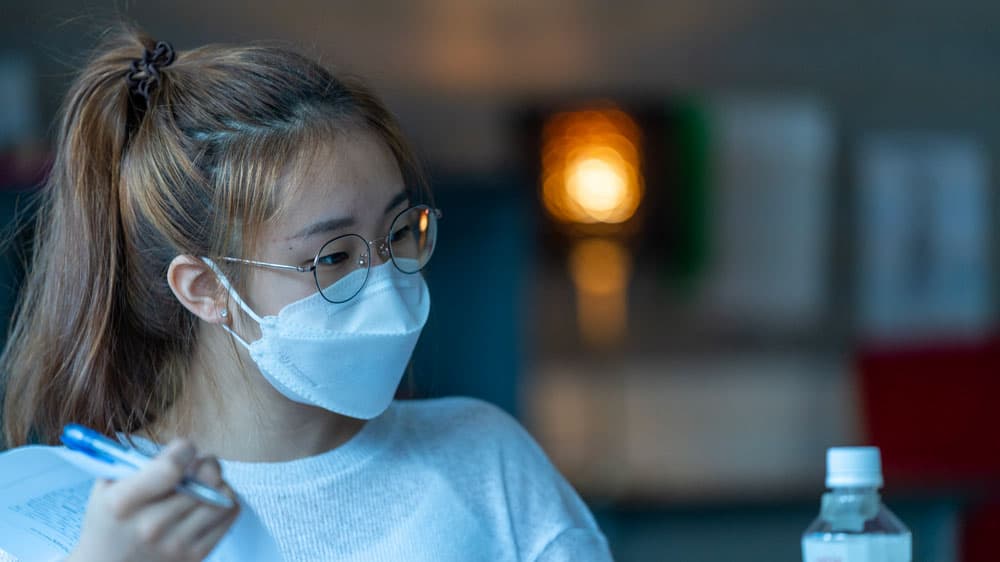
Middle school principal Jim Slaid says this pandemic teaches the value of pausing before making a decision. Give yourself and others permission to walk away from a problem. Your mind mulls the possibilities while resting from actively pursuing an answer. In elementary school, counselor Kelli Sureck empowers students to manage their reactions to challenging situations. She teaches students to pause and check in with their thoughts using Conscious Discipline’s STAR song – smile, take a breath and relax – or as Kelli sings: stop, take a deep breath, then go. Kelli also encourages students to tick through the THINK acronym to answer if a thought, word or action is truthful, helpful, inclusive, necessary, or kind.
The trick is patience. Grade two teacher Joshua Johnson counts to himself when he creates a pause during instruction or to signal a transition. Secondary music teacher Emily Ebrecht adds a pause between pieces to give student musicians a chance to prepare for a new tempo. By incorporating pauses on purpose, teachers model what the mind and body needs to learn and transition between tasks.
This piece opened with a pause so let’s close with one too. As you go through your day, pause. On purpose and with purpose.
For a brief look at the neuroscience of brain breaks, start with the Edutopia article “Using Brain Breaks to Restore Students’ Focus” by Judy Willis.
